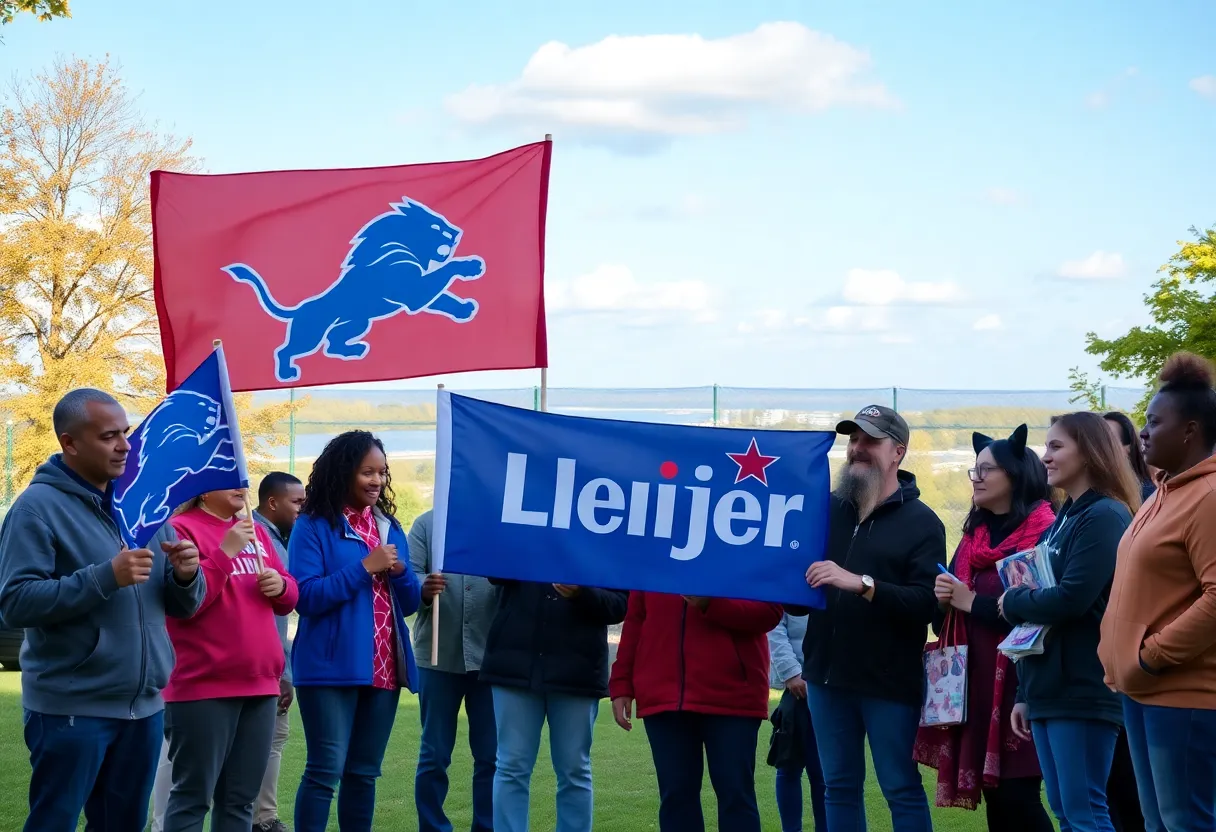News Summary
The intricate world of rare disease research is heavily reliant on collaboration among various stakeholders. Researchers face unique challenges, including competing priorities and funding limitations, as they work towards breakthroughs in treatment. A recent discussion emphasized the importance of teamwork among advocates, biotech companies, and regulatory bodies to enhance research and develop effective therapies. Ultimately, a unified approach and technological advancements like AI could pave the way for significant progress within the rare disease community.
Collaboration is Key in the World of Rare Disease Research
When it comes to exploring the intricate world of rare diseases, collaboration among various stakeholders can make all the difference. With only a small population affected by these conditions, researchers face unique challenges that require some clever strategies to maximize their efforts. A recent discussion highlighted the importance of teamwork in advancing research and development efforts within the rare disease community.
Challenges in Rare Disease Research and Development
The road to breakthroughs in rare disease treatment is often laden with hurdles. One of the key challenges is the competing priorities among diverse stakeholders. Researchers, biotech companies, advocacy groups, and regulators often have differing goals and timelines, which can muddle the research process.
The complex nature of diagnosing and treating rare diseases also compounds these issues. Patients can present a wide range of symptoms that vary tremendously, making it difficult to pinpoint effective treatments swiftly. This variability poses major challenges when it comes to setting endpoints for clinical trials, as what works for one patient may not work for another.
Funding: The
Continual Challenge
In addition to these complications, funding remains a significant limitation for rare disease research and development. With financial resources often stretched thin, finding the necessary funding for specific conditions can be a daunting task. This scarcity makes collaboration among stakeholders even more crucial, as pooling resources can often pave the way for progress.
The Call for Collaborative Efforts
It’s clear that a unified approach is essential when interacting with regulatory authorities. By presenting a cohesive front, stakeholders can enhance their visibility and express their collective willingness to drive forward research initiatives. An important goal is to ensure that every voice within the rare disease community is heard.
Technology, particularly artificial intelligence, also holds promising potential in overcoming challenges typically faced in rare disease research. By leveraging cutting-edge tools, researchers may be able to streamline processes and improve outcomes for patients. The capabilities of AI can be a game-changer, helping to sift through vast amounts of data and identify patterns that were once hard to analyze.
Patient Advocacy: A Vital Role
Even small organizations—including those led by patients and their families—can step up their game by pooling financial resources. This strategy can greatly benefit overlapping research initiatives and clinical trials. Clear communication with patients about the potential risks and rewards associated with experimental therapies is essential.
The relationship between patients and physicians can and should be a partnership, especially in cases where no definitive treatments currently exist. Working together can lead to tailored approaches that consider the individual variations in patient responses to therapies.
Improving Dialogue Between Patients and Researchers
One organization that has taken steps in this direction is the Telethon Foundation. They spearheaded an event called the Convention of Patients Associations, focusing on enhancing the dialogue between researchers and patient advocacy groups. The goal is to streamline the transfer of knowledge and ensure that all parties are on the same page when it comes to research efforts.
In addition to these collaborations, exciting new strategies are being explored in the realm of gene therapy. Alongside traditional methods, researchers are delving into innovative avenues like gene editing, epigenetic editing, and mRNA-based therapies.
Speeding Up the Approval Process
The Telethon Foundation is actively engaging with regulatory agencies to expedite the approval processes for promising therapies. Given that responses to treatments can vary widely among individual patients, there’s a pressing need for more personalized approaches in clinical trial designs and options.
Ultimately, collaborative endeavors between researchers and patient organizations are vital in shaping research agendas and ensuring that accurate information is disseminated about ongoing studies. By working together, the rare disease community can navigate the complexities of their challenges, paving the way for groundbreaking solutions that can change lives.
Deeper Dive: News & Info About This Topic
HERE Resources
Global Case Management Software Market to Reach USD 15 Billion
Severe Cuts and Layoffs Hit Community Clinical Services in Maine
Solace Secures Major Funding to Transform Healthcare Navigation
Ostro’s Transformative Impact on Rare Disease Management in 2025
Ucan Ireland Launches to Improve Cancer Care Access
Historic Gathering at the Myasthenia Gravis National Conference
March Marks Kidney Cancer Awareness Month: Focus on Early Detection
Oluwatosin Adesoye Celebrates Two Years as Sickle Cell Columnist
Avidity Biosciences Appoints New Chief Legal Officer Amid Analyst Optimism
Developments in Regenerative Medicine: A Look at Trends and Access
Additional Resources
- Applied Clinical Trials: Collaboration Advancing Rare Disease Research
- Medscape: Why Listening to Patients Matters in Rare Disease Research
- Applied Clinical Trials: Unique Challenges in Rare Disease Research
- Medical Xpress: Rare Disease Research Uncovers Amygdala’s Impact
- Nature: Advances in Rare Disease Research
- Wikipedia: Rare Disease
- Google Search: Rare Disease Research
- Google Scholar: Rare Disease
- Encyclopedia Britannica: Rare Diseases
- Google News: Rare Disease Research
Author: STAFF HERE NOVI WRITER
NOVI STAFF WRITER The NOVI STAFF WRITER represents the experienced team at HERENovi.com, your go-to source for actionable local news and information in Novi, Oakland County, and beyond. Specializing in "news you can use," we cover essential topics like product reviews for personal and business needs, local business directories, politics, real estate trends, neighborhood insights, and state news affecting the area—with deep expertise drawn from years of dedicated reporting and strong community input, including local press releases and business updates. We deliver top reporting on high-value events such as Motor City Comic Con, Michigan State Fair, and Novi Home and Garden Show. Our coverage extends to key organizations like the Novi Chamber of Commerce and Novi Community Foundation, plus leading businesses in automotive, technology, and manufacturing that power the local economy such as Gentherm, Stoneridge, and Daifuku North America. As part of the broader HERE network, including HEREDetroitMI.com, HEREGrandRapids.com, HERENorthville.com, and HEREPlymouth.com, we provide comprehensive, credible insights into Michigan's dynamic landscape.






